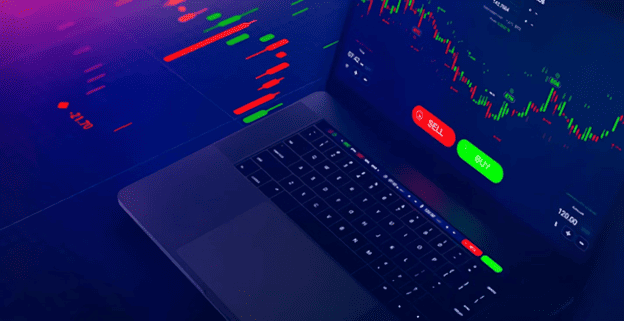In today's fast-paced and technologically driven world, automated trading has emerged as a popular way to navigate complex financial markets. This innovative approach utilizes advanced algorithms and computer programs to execute trades on behalf of investors.
Are you wondering whether you should automate trading on Olymp Trade or any other platform? In this article, we will delve into the world of automated trading, exploring its benefits and drawbacks, and helping you decide if it's the right choice for your investment strategy.
Table of Contents
The Pros of Automated Trading
Speed and Efficiency
One of the most significant advantages of automated tools is that computers are capable of processing vast amounts of data and making split-second decisions. This allows them to capitalize on fleeting market opportunities that human traders may miss.
Emotionless Decision-Making
Human emotions can cloud judgment, leading to rash decisions and poor investment choices. Automated tools or bots eliminate this factor by relying solely on pre-programmed algorithms and strategies. As a result, these systems can maintain a level of consistency and objectivity that is difficult to achieve through traditional methods.
Diversification
Automated trading allows investors to diversify their portfolios more easily. By employing multiple strategies and trading across various markets, these systems can help spread risk and reduce the impact of any single losing trade.
Time Efficiency
Manually monitoring the markets and executing trades can be incredibly time-consuming. Automated systems operate 24/7 and can continuously scan the markets for profitable opportunities, freeing up time for investors to focus on other aspects of their lives or businesses.
The Cons of Automated Trading
High Set-Up Costs
Developing and implementing an automated system can be expensive, particularly for individual investors. The costs can include purchasing or licensing trading software, hiring programmers to develop custom algorithms, and ongoing maintenance and updates.

Technical Risks
Automated systems rely on technology, which can sometimes fail or malfunction. Hardware or software glitches can result in misplaced trades or missed opportunities, potentially leading to significant losses. It's crucial for users to have a thorough understanding of their system's capabilities and limitations, as well as a backup plan in case of technical issues.
Over-Optimization
Automated trading systems are typically designed and tested using historical market data. However, there is a risk of over-optimizing these systems, which can result in poor performance when applied to real-world market conditions. This occurs when a system is fine-tuned to such an extent that it becomes overly sensitive to small fluctuations in the market, ultimately reducing its effectiveness.
Lack of Flexibility
While these tools can execute trades without human intervention, they may lack the flexibility to adapt to sudden changes in market conditions. For example, during periods of high volatility or major economic events, a human trader might adjust their strategy to better manage risk. An automated system, however, may continue to execute trades based on its pre-programmed algorithms, potentially resulting in losses.
In conclusion, automated trading comes with considerable benefits but may also present serious drawbacks. Ultimately, the decision to embrace automated tools will depend on your individual investment goals, risk tolerance, and financial resources. By carefully considering both the pros and cons, you can make an informed choice about whether automated trading is right for you to maximize your trading potential.



